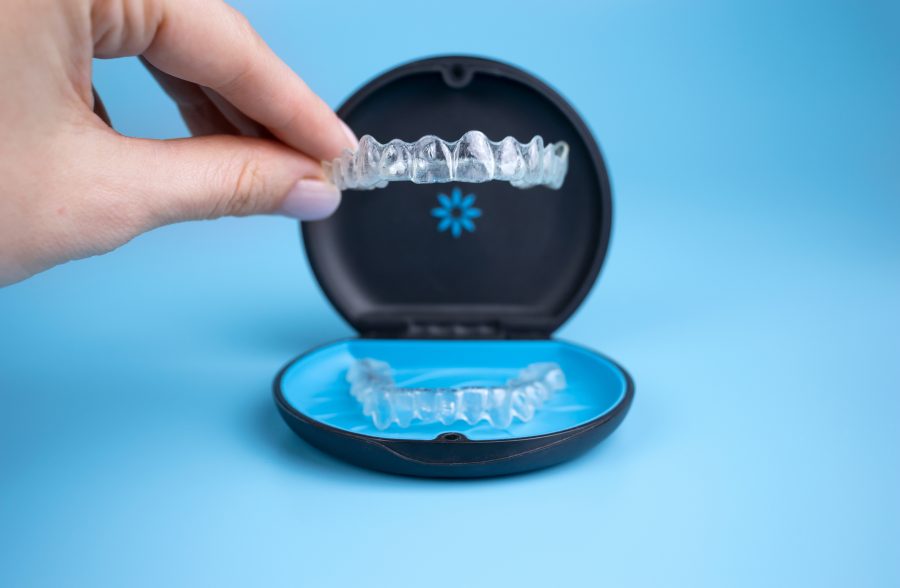What made you choose dentistry as a Career?
I was always interested in healthcare, I used to be a physiotherapist, after working for one year, I decided I needed something with a bit more variety, in terms of both clinical procedures and diagnostics.
One of the biggest factors that led me to Dentistry is that the treatments provided are all very much definitive, when we place a filling or do a crown, we know that it will be physically there, and that will fix the problem for the patient for a long time.
What advice would you give someone who hasn’t been to a dentist in more than a year?
I would say it’s important to get your oral health checked, even if there’s no pains or aches, and you’re doing a good job brushing and flossing.
In reality no one does a perfect brush and floss, the bacteria in between our teeth will slowly build over time and accumulate into plaque and tartar, which will cause decay, gum irritation and even bone loss around your teeth, all those things shows no or minimal symptoms at the start, only a dentist will be able to detect those and provide timely treatment.
Where is your ultimate holiday destination?
Being a big classical music fan, my ultimate holiday destination would be a tour around Europe, visiting all the famous music theatre, and being able to listen to world class classical music performances on daily basis. Pretty weird right? With my 3 young kids, I think this will take years to organize.
Procedure to explain including Invisalign pros and cons?
Invisalign is a clear aligner system that’s got several advantages, it’s mostly invisible and custom make, all the procedures involved are painless, it is very accurate compared to many other brands of aligners. It uses gentle force in small increments, which feels much more comfortable compared to traditional brackets and wire orthodontics.
It has been consistently achieving amazing functional and aesthetic transformations for my patients.
The main issue with it is that it is very much compliance dependant, so the patient needs to make a commitment to wear it for 22 hours per day throughout the length of the treatment. This is usually not a big issue for adult patients, but I have had a few patients in their early teens that were perhaps not as committed as their parents thought they would be, and when it’s not worn to the desired amount of time, it’s essentially two step forward one step back in terms of teeth movement, which could drag treatment time to be a lot longer than necessary.


